Saved by Kenji’s cosmic perspective.
The profound world of Kenji Miyazawa, which everyone has experienced at least once in their childhood, continues to dazzle readers with new perspectives as they age. When fully-fledged adults re-read these fairy tales, they will surely find that the fantastical element belies a universal message. From the planetary environment and infectious diseases to conflicts and discrimination, people living in modern society are evidently aware that they are entering an era of “bewilderment.” It is high time to revisit Kenji’s works to extract some wisdom. Taking in the nature, air, and people of Iwate, we tried to uncover hints for living in a new era.
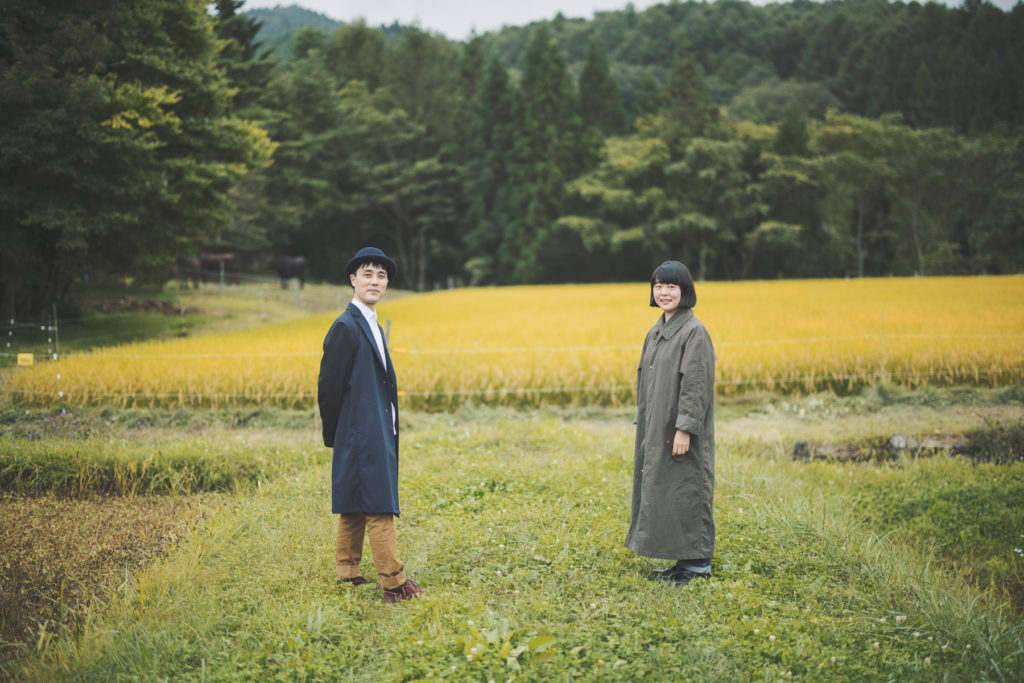
Guests for this trip are illustrator Izumi Shiokawa and musician Kojima Keitany Love. Ms. Shiokawa once illustrated a book of Kenji Miyazawa’s poetry called “Spring and Shura”. She has freely reinterpreted Kenji’s works, expressing all things in nature with her vivid imagination. Meanwhile, Keitany Love has for the last decade been a performer and music director for a new interpretation of “The Night of the Milky Way Train” with Hideo Furukawa, Keijiro Kan, Motoyuki Shibata and others. His musical taste further enhances the masterpiece. Together, we commenced our energetic tour of Iwate.
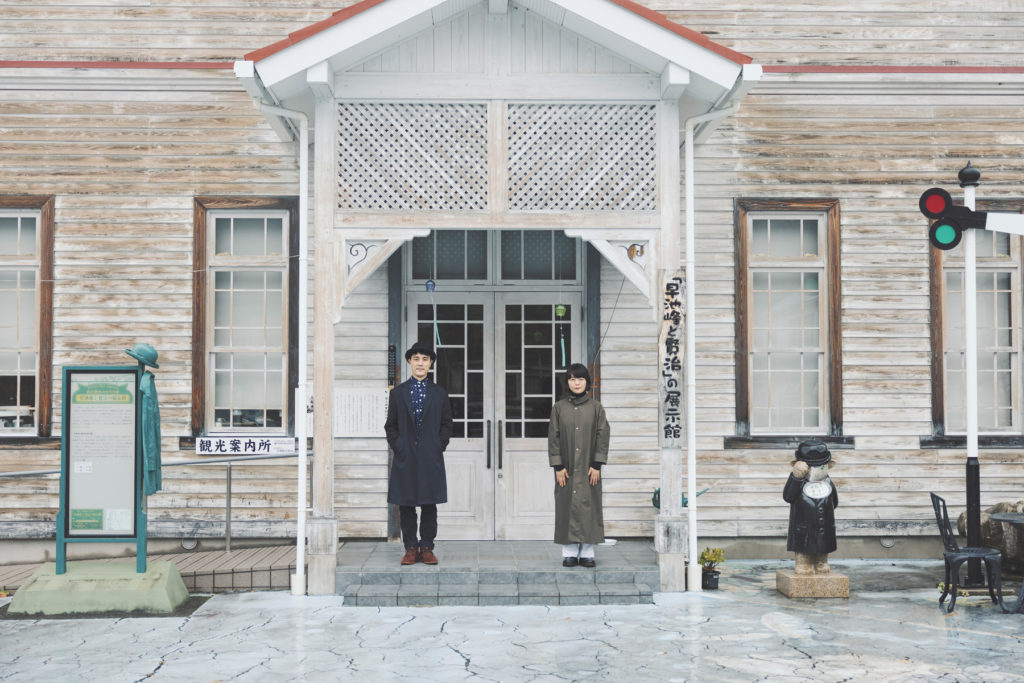
The only book of poetry that Kenji published before his death, “Spring and Shura” was printed here in Hanamaki. As we stroll around the former printing district, Shiokawa-san shares some thoughts.
“When I embarked on the illustrations, I was reading a lot of his works; in a way it overlapped with my own situation at that time and made me identify with him even more. I had a lot going on in my private life, and was completely preoccupied with the task at hand. So, when I looked at the bigger picture with a perspective like Kenji’s, I realized it was all a storm in a teacup. I felt that Kenji’s mental landscape overlapped with my own, or rather, I was able to have a dialogue with Kenji and glimpse through his cosmic lens, which helped me a lot.”
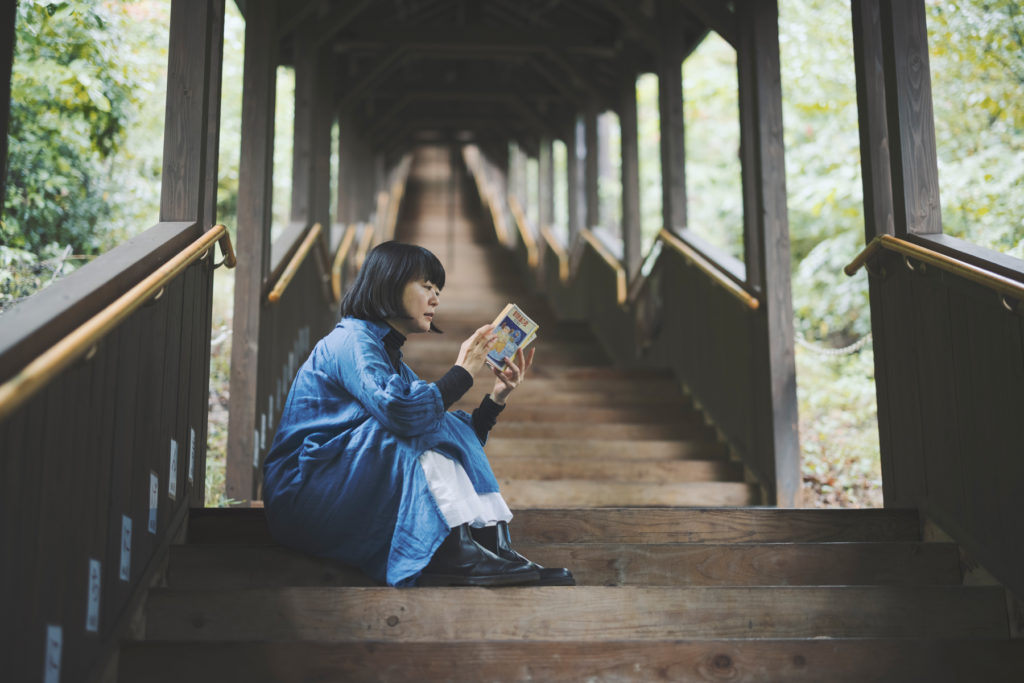
Shiokawa apparently felt a strong urge to revisit the works of Kenji that she read as a child, and describes how she discovered a new appeal as an adult reader:
“I don’t think there is a message involved, nor is he exhorting you to some course of action. I think I am more attracted to the parts that are a little ambiguous or where I feel there are blank spaces, instead of trying to convey something in a way that is accessible for everyone. I love that feeling of projecting one’s own feelings into those blank spaces and being convinced of the meaning. It’s a way of reading that I never had as a child.“
As we meandered through the rural landscape of Hanamaki, our conversation continued with Shiokawa-san.
“I was the kind of kid who would look at rocks and moss and imagine that I was walking around as a miniature version of myself, by which the time for leaving school had long passed (ha ha). Kenji had that kind of feeling, and it was reassuring, as if he was telling me not to worry. It feels as if I have found a place to belong within myself.”
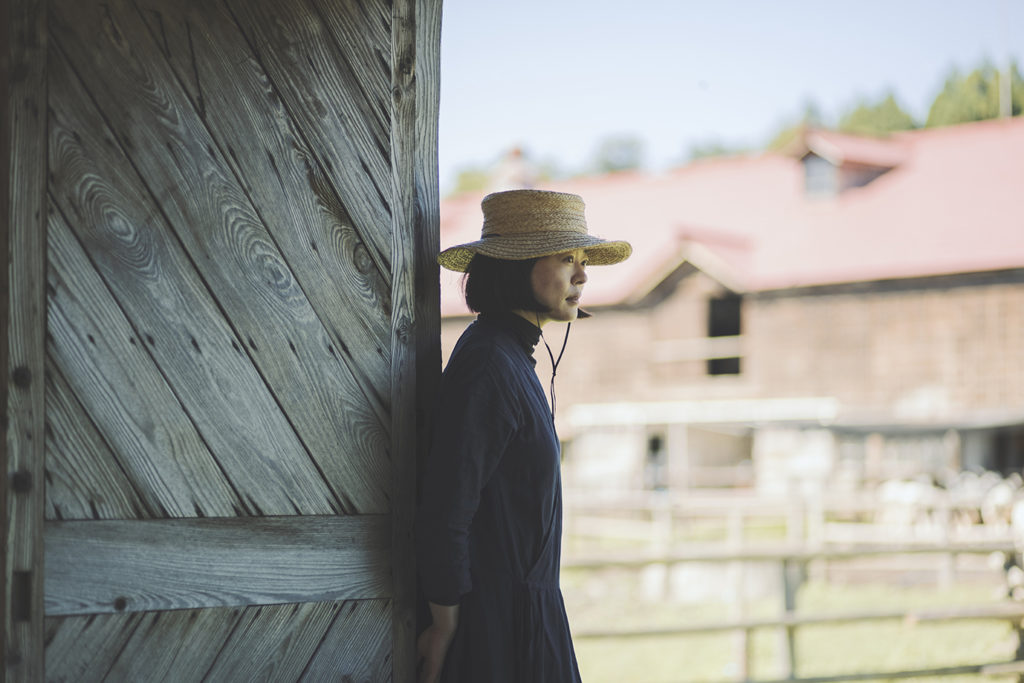
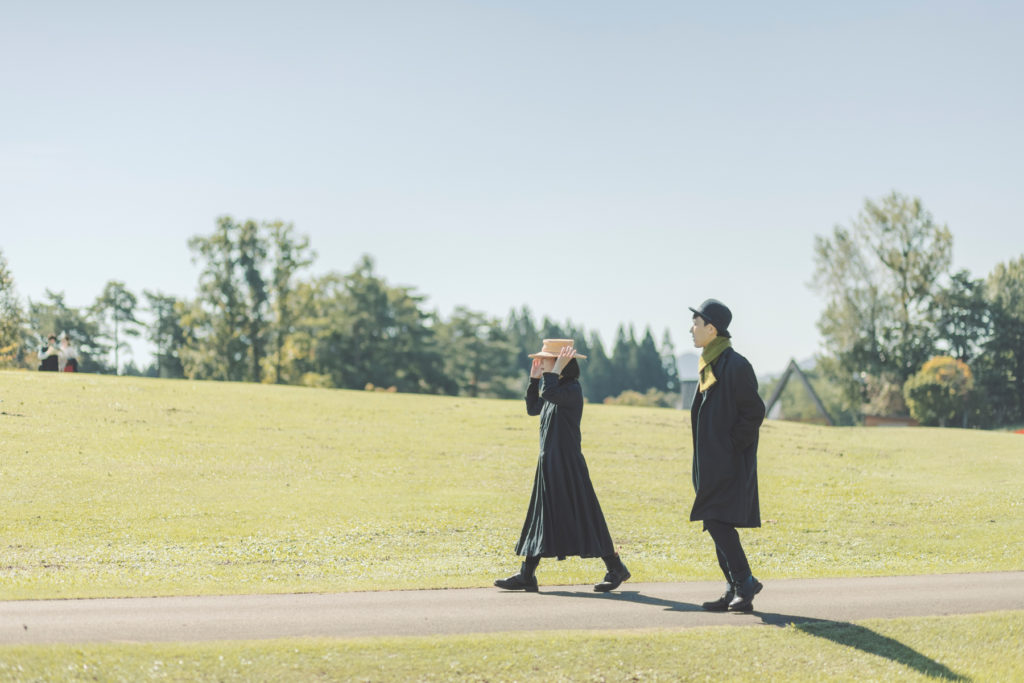
In Tōno, our next stop after Hanamaki, there is the peculiar feeling as if a door to another world is just around the corner.
“When we were infants, we had a rich imagination, thinking there were other worlds nearby that we could travel to by passing through the walls. As we grow older, these ideas fade and our imagination dries up somewhat. But Tōno, where another world seems to be baked into everyday life, is a land of plenty. City life, with all the information we’re bombarded with at an unrelenting pace, is simply exhausting, so traveling to places like this is food for the soul.”
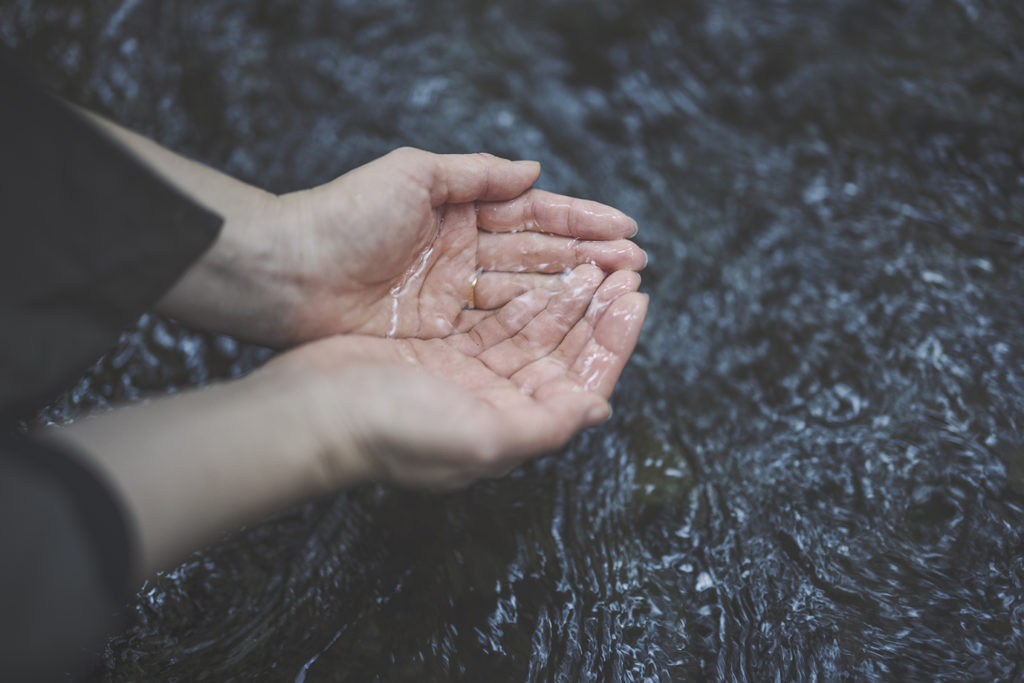
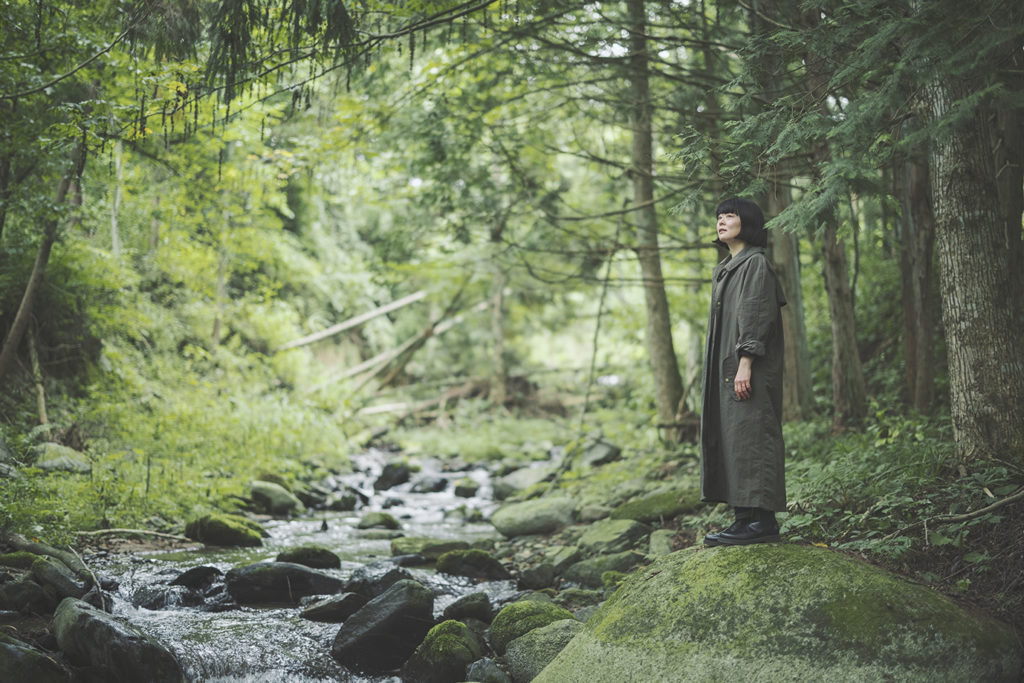
The musicality that runs through all of Kenji’s works
There are many crossovers between the activities of Keitany Love and Kenji, who was a polymath with a wealth of knowledge both academic and artistic. Keitany, in addition to his music he is also a writer, translator of Chinese and a radio DJ. He describes his impression of Kenji:
“Recently, I wrote a novella to for publication in a newspaper and tried for a long time to create music based on the same theme, but I realized that there were some things that I just couldn’t convey through music. I thought that with a novel, I could approach the subject from various angles and do it more justice. I think Kenji also had a subject or an object in mind first, and then chose the most suitable means of expression for it. It is amazing that he was able to command such a wide variety of expressions, not only verbal ones such as poems and stories, but also playing musical instruments and designing flower beds.”
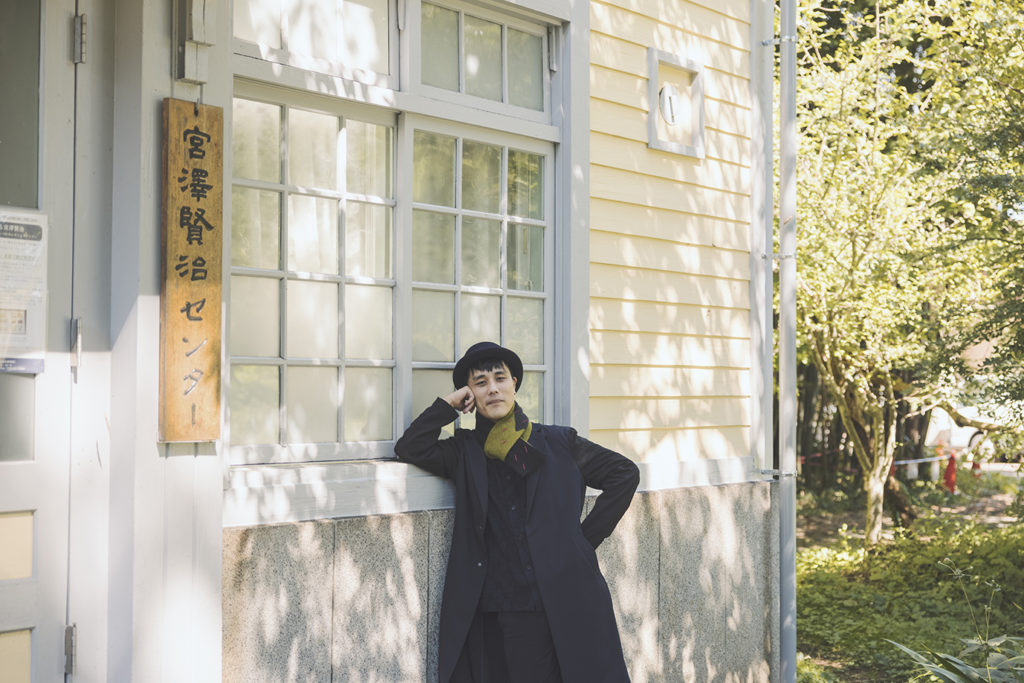
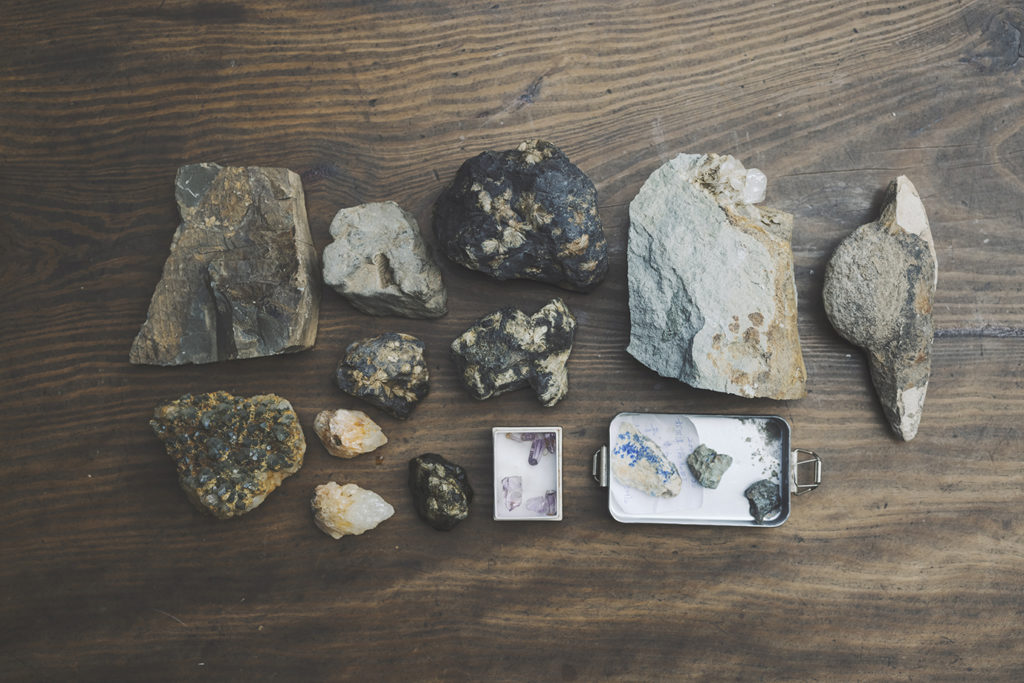
When asked if he sensed a common thread in Kenji’s activities, he replied as follows:
“I’d probably say his inquisitive mind about the world. Just as bats emit ultrasonic waves and use their echoes to perceive the world, I think Kenji threw words and images at various things in the world and tried to learn about minerals, fauna, and the cosmos from their feedback.
His rhythmic language is very musical, but I think his interests were more kindled in the “resonance” above all.
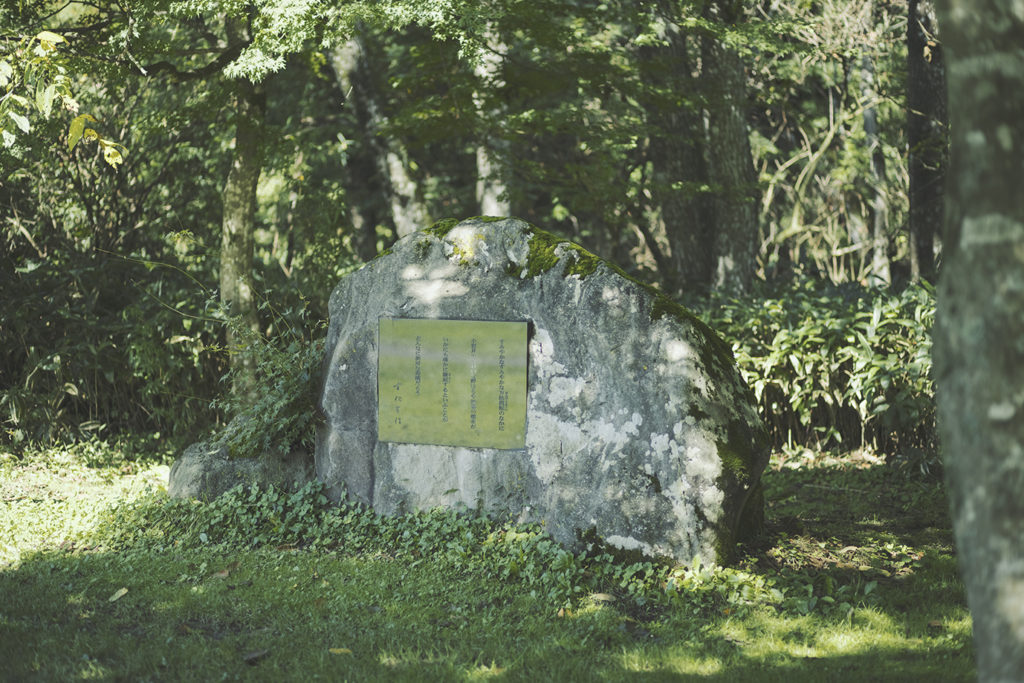
In Hanamaki, we visit the Hayachine and Kenji Museum to gaze at the first edition of “The Restaurant of Many Orders”. In fact, Kenji only published two books during his lifetime, and only received widespread recognition as a writer posthumously.
“I think it was necessary for him to keep creating, rather than winning recognition. As I create stuff, I am fine-tuning the gap between myself and the world. It might be a bit of a stretch, but I think that Kenji was also fine-tuning the way he faced the world and redefining his own existence in the midst of the universe.”
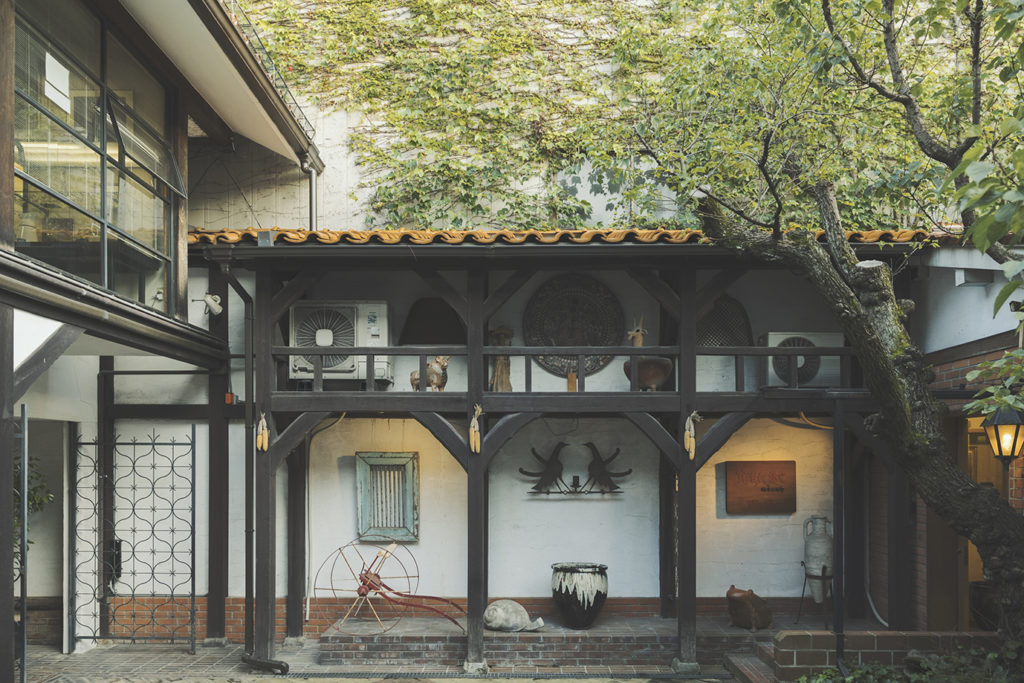
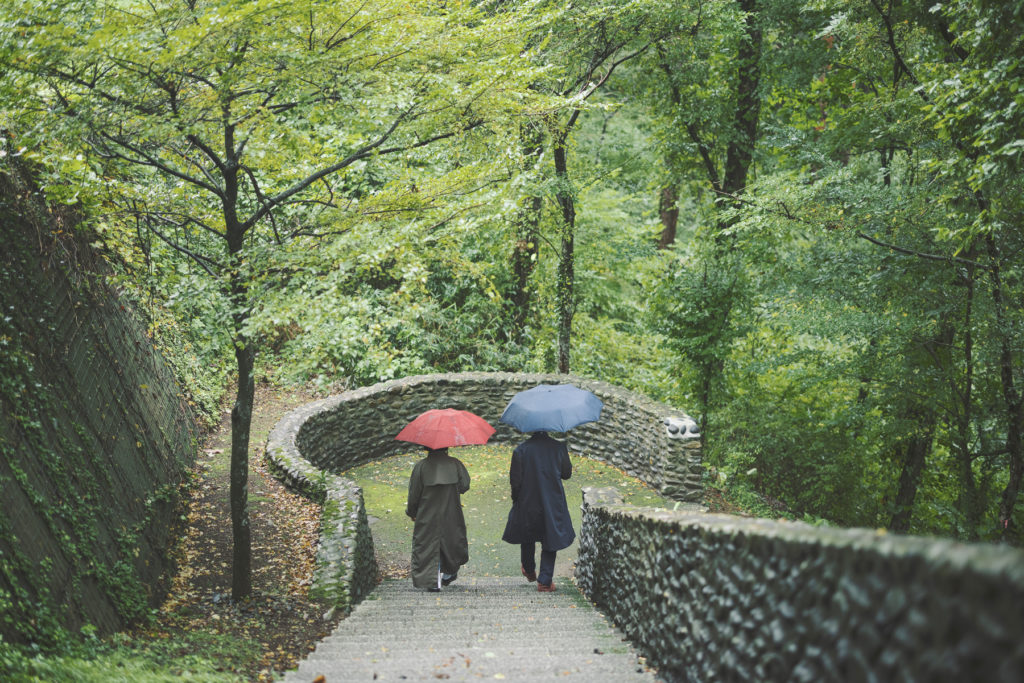
As we traveled to Sanriku, we felt closer to nature and the Galactic Railroad as we gazed at the night sky. Keitany-san has performed readings of plays about the Galactic Railroad and had this to say about this majestic tale:
“It’s like a mirror that reflects our hearts at any given moment, showing us various scenes through the window of the train, such as friendship and forgiveness. For me, this is the feeling of traveling itself. Don’t try to understand it, just enjoy the ride. I think this work has a great to do with the huge scale of Iwate, which really puts humans in their place.”
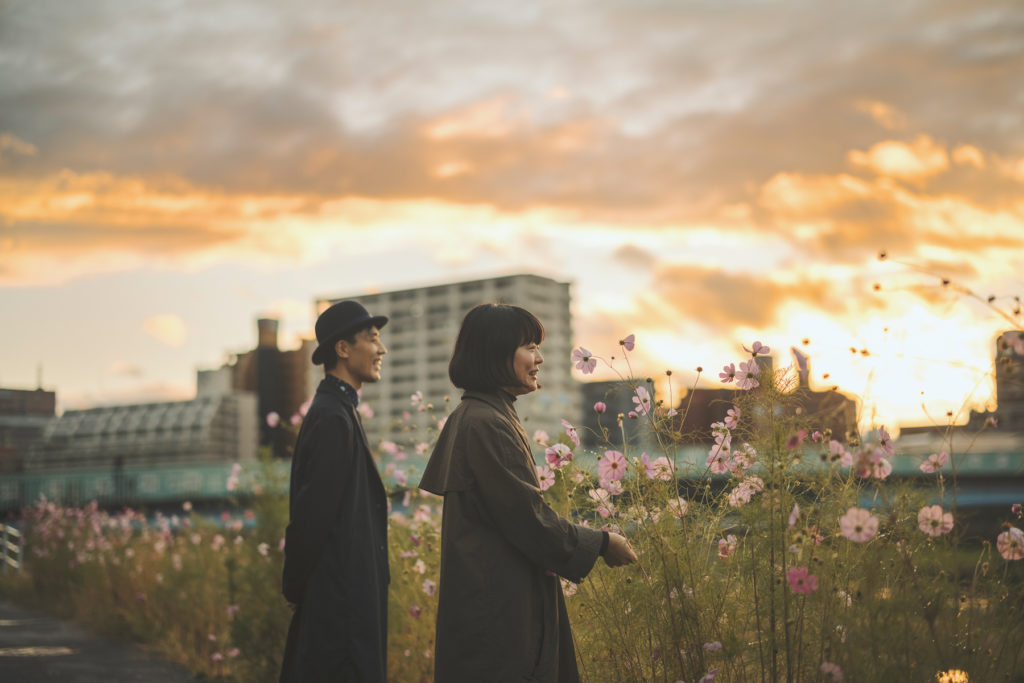
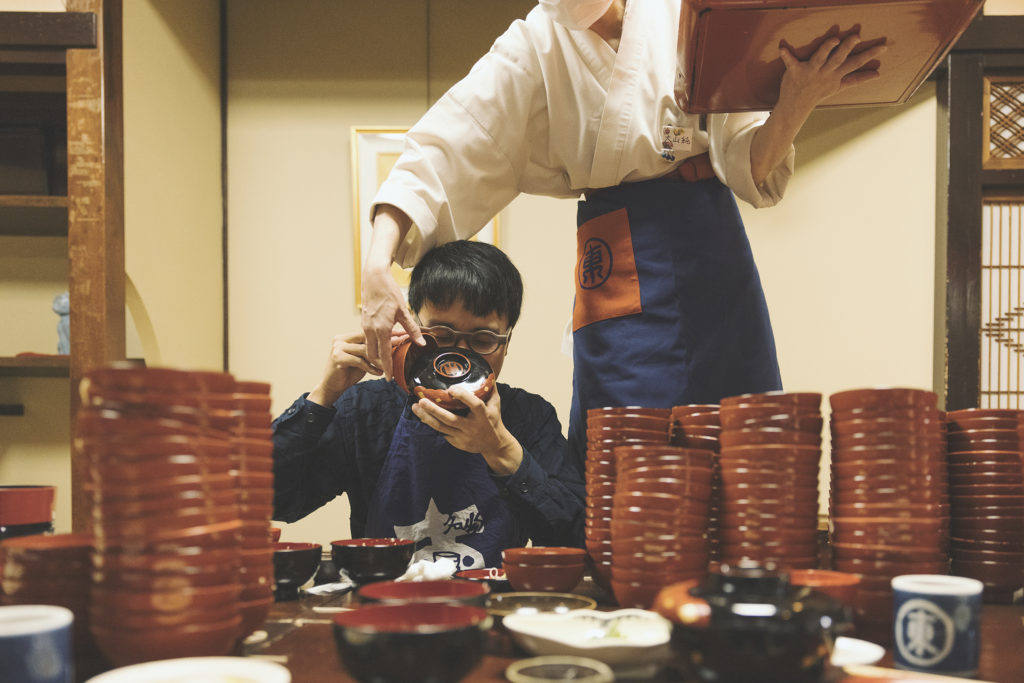
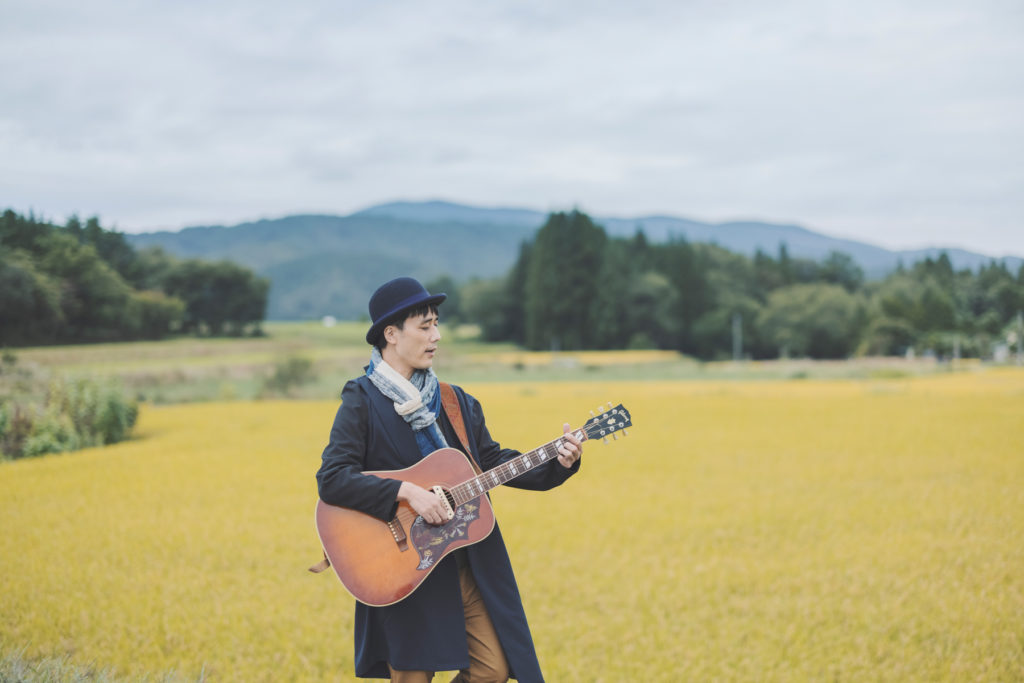
Kojima Keitany Love
Musician, writer, translator. In search of an original world of acoustic tones and thoughtful songs, including “Blanket Day” (NHK ). He is active on many fronts including as a radio DJ, writer of novels, producer of reading events, and translator of Chinese literature. He made his debut in China in April 2021.
Izumi Shiokawa
Illustrator working in a wide range of fields including advertising, magazines, and products. In 2019, she published “Spring and Shura”, a collection of drawings based on Kenji Miyazawa’s poems. Using Kenji’s words as a motif, she is chartering new territory as an illustrator with a new interpretation.












